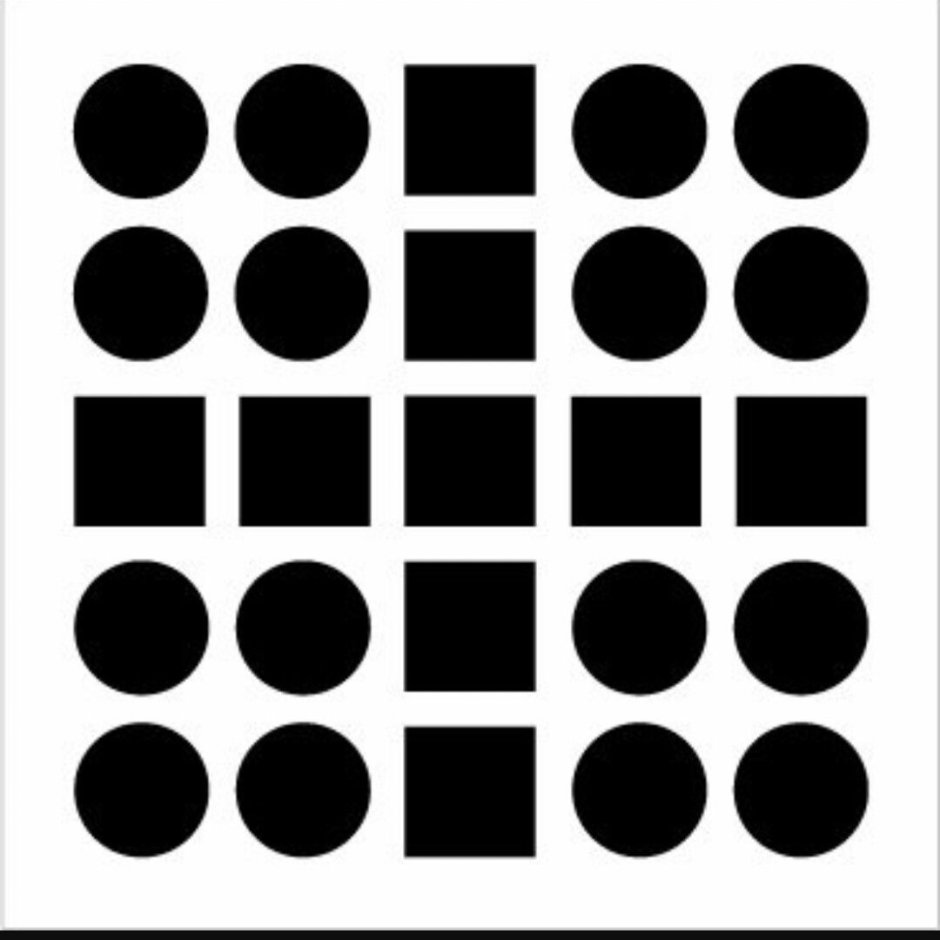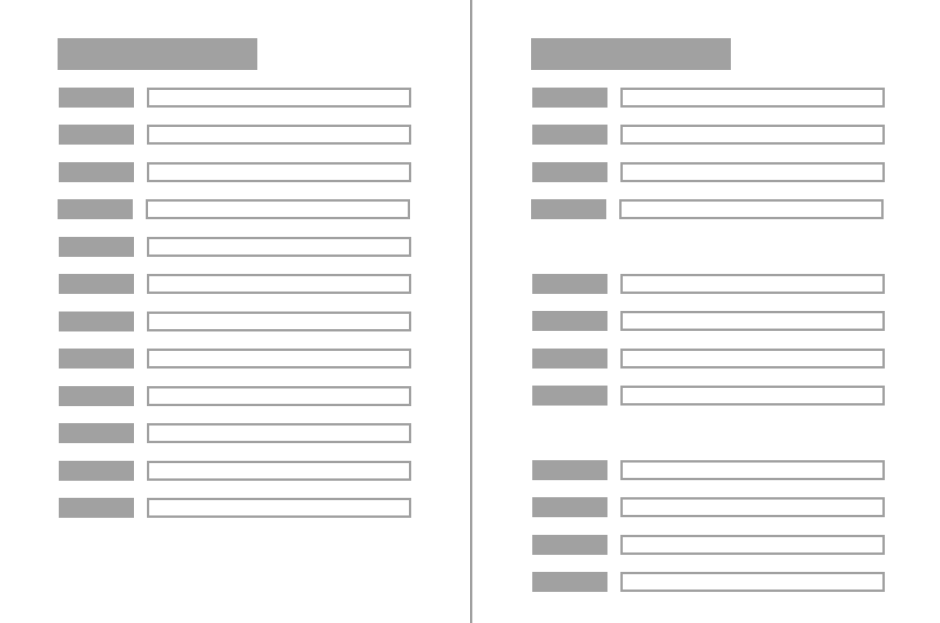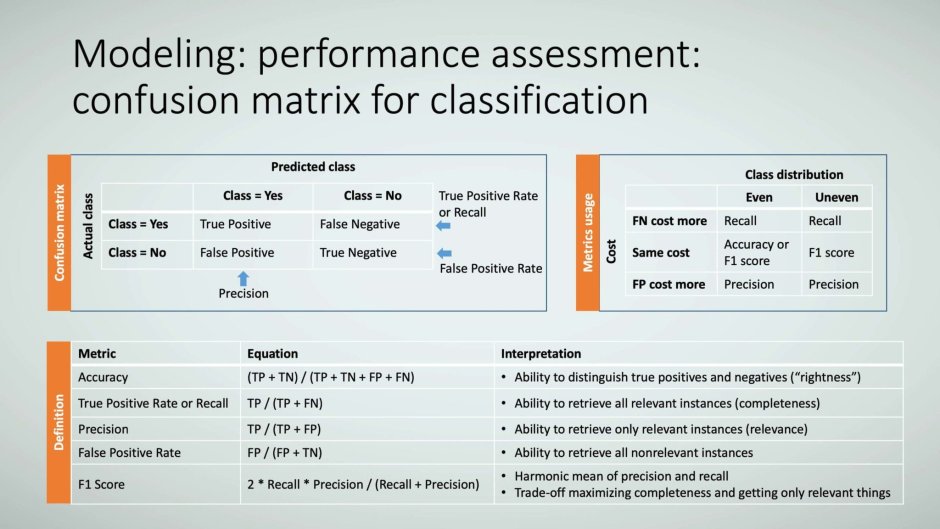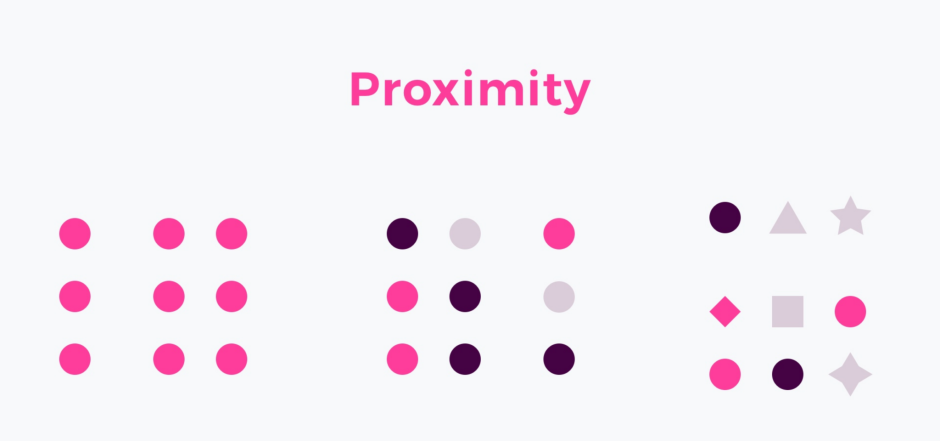Gestalt laws
The Gestalt laws, also known as the principles of perceptual organization, are a set of guidelines that explain how humans perceive and interpret visual information. These laws were developed by a group of German psychologists in the early 20th century and have since become fundamental in the field of psychology.
According to the Gestalt laws, when we look at a complex visual scene, our brains automatically organize the elements into meaningful wholes or patterns. This process occurs instinctively and allows us to make sense of what we see.
One of the most well-known Gestalt principles is the law of proximity, which states that objects that are close together are perceived as belonging to the same group. For example, if you see a cluster of dots on a page, your brain will perceive them as a single unit rather than as separate entities.
Another important principle is the law of similarity, which suggests that objects that share similar characteristics, such as shape, color, or size, are perceived as belonging together. For instance, if you see a row of circles and squares, your brain will group them based on their shapes.
The law of closure states that when we see an incomplete figure, our brains tend to fill in the missing information to create a complete shape. This principle explains why we can recognize familiar objects even if they are partially obscured or distorted.
Furthermore, the law of continuity states that our brains prefer to perceive continuous, smooth lines and patterns rather than abrupt changes or disruptions. This principle helps us make sense of complex visual scenes by connecting the dots and creating a coherent whole.
Understanding the Gestalt laws can be useful in various fields, including design, advertising, and user interface development. By applying these principles, designers can create visually appealing and easily understandable graphics, logos, and layouts.
In conclusion, the Gestalt laws are a set of principles that shed light on how humans perceive and interpret visual information. These guidelines help us understand the processes behind our perception and provide useful insights for designers and psychologists alike.









































































